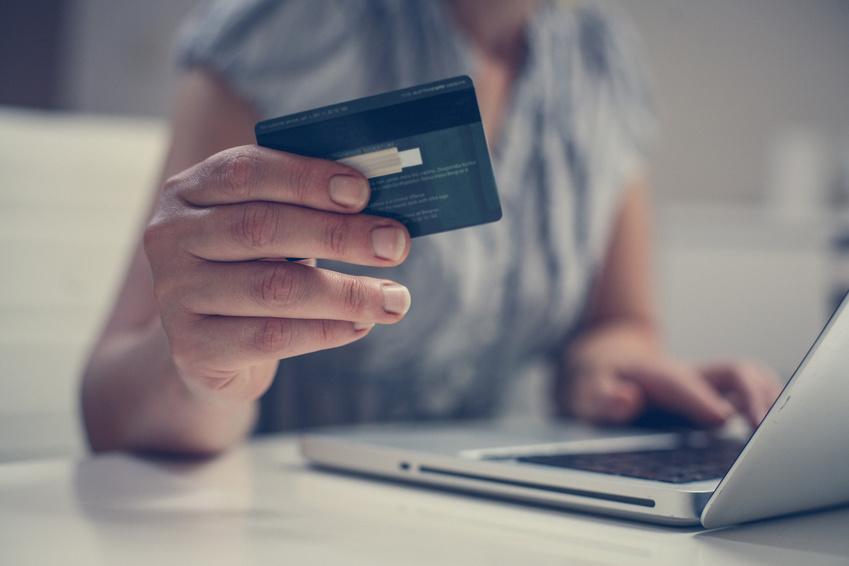
10 tips for safe online shopping
IF YOU READ THIS ENTIRE BLOG POST CAREFULLY, YOU MIGHT WIN $500!
I love this time of year! Families are together, the food is great and there are huge snowfalls. Unfortunately, it is also a great time for scams.
My Holiday Gift to You: Safe Online Shopping Tips
1. Please, please, please DO NOT use your work e-mail address for shopping. This invites hackers to get into your device, and it could also open up your account to spam — and not the kind that comes in a can.
2. If you need to create an account on the shopping site, use a unique password. Do not use any of your work passwords. Those are sacred. Don’t tell anyone what they are, and don’t write them down or post them near your monitor or laptop. If you are looking at those passwords right now on that post-it note, shred the note and create new passwords.
3. Shop at places you trust. If you are not sure you trust the merchant, do your homework. Call the Better Business Bureau or the business itself. If you can’t find an address, email or phone number on its website, the business is probably a fake!
4. Don’t put your credit card into a website where the URL starts with HTTP. Look for URLs that begin with HTTPS. Keep in mind that even if a website starts with HTTPS, the site could still be a hacker site. As I said before, shop at trusted company websites.
5. Don’t click on links in emails. Don’t click on links in emails. Don’t click on links in emails. Go directly to the website you trust by typing the address into the web browser. Finally, if I haven’t made myself clear enough, don’t click on links in emails!
6. Don’t shop on a public Wi-Fi network. Hackers know you are making purchases while sipping your beverage in a coffee shop, and they can steal everything you put on your screen.
7. Do shopping websites need your Social Security Number (SSN)? NO! Never type your SSN into a shopping website.
8. Shop with a credit card, not a debit card. Credit cards give you greater protections against fraudulent charges. If your purchase is damaged, it is also easier to dispute the charges if made with a credit card; you can withhold payment until your dispute is resolved. If you use your debit card, your money is withdrawn from your account, and you won’t get it back until you settle with the merchant.
9. Watch your credit card statements for fraudulent charges. You can also set up notifications on your cards, so you are always alerted when a purchase is made.
10. If you see a deal that is too good to be true, it probably is. Do you remember when I said you might win $500? That was an example of a deal that was too good to be true. Sorry!
Thank you for reading this, and be very careful shopping online!
Author Mike Bohlken is the Senior Director of Information Technologies for Lutheran Social Service of Minnesota (LSS). LSS Financial Counseling is an LSS service.
